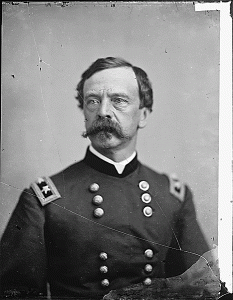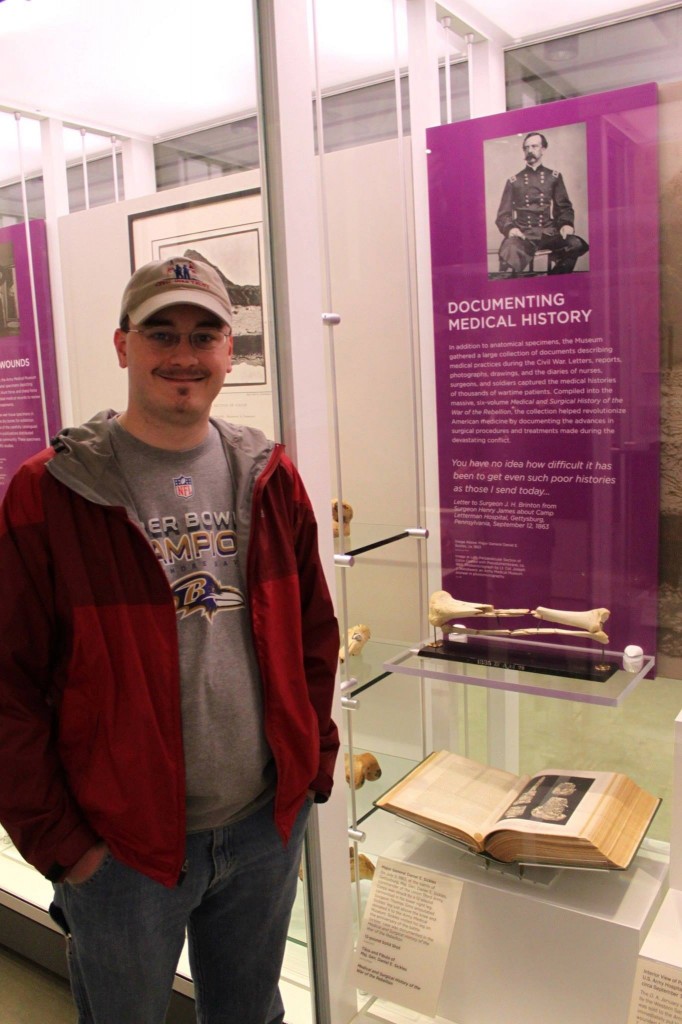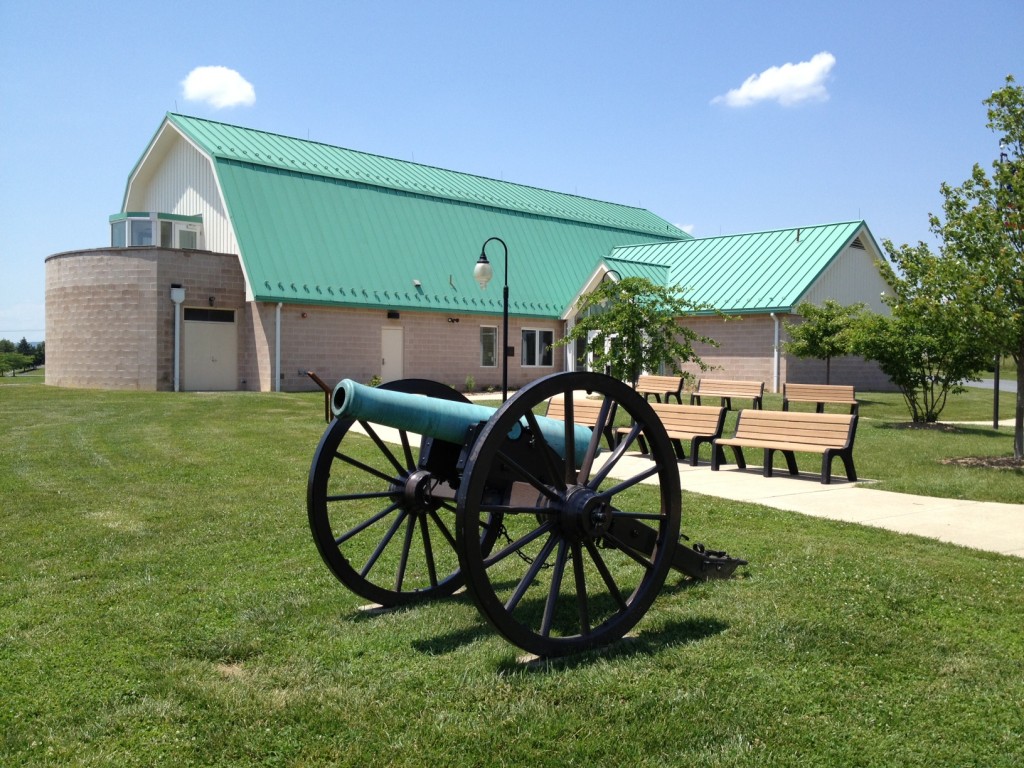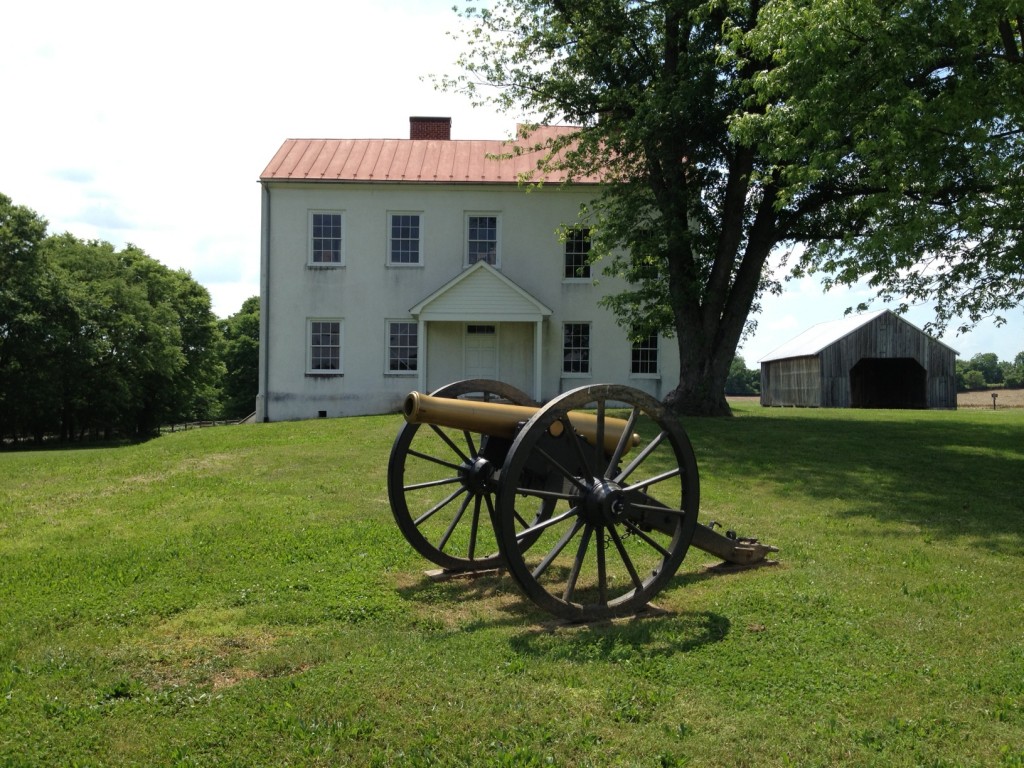Mini-Federalist #27 – The Same Subject Continued: The Idea of Restraining the Legislative Authority in Regard to the Common Defense Considered
This is a continuation of a series of posts that are intended to be shorter, more understandable versions of the Federalist Papers. This post deals with Federalist #27, the original text of which can be read here: http://thomas.loc.gov/home/histdox/fed_27.html
Originally published December 25, 1787 by “Publius” – who was in this case, Alexander Hamilton.
Some people are saying that the government proposed in the Constitution can’t survive without military force. Like most of their arguments though, this is just an assumption, with no real evidence to support it. I don’t really understand it, but I think they assume that the people won’t listen to the Federal government on domestic issues. Now, we know there is no distinction in the document itself between foreign and domestic matters, but let’s try to figure out if there’s any merit to this idea nonetheless. There doesn’t seem to be any reason to think the people would hate the Federal government any more than they hate their State governments (unless the Feds end up screwing up everything they try to do). Loyalty from the people is derived from how well a government runs. Of course, there are exceptions to this, but they’re exceptions. We have to look at these things in the way that they normally work.
I’ve outlined a lot of reasons why the Federal government will probably work better than the States’: the candidate base for the Federal government is the entire country; the Senate will be composed of quality men (since the State legislatures pick them); we’ll thus end up with smarter men who won’t be swayed by petty or local special interest groups to “do something” that might harm the people. You’ll also be able to see a lot more reasons once we start looking at the details of the structure of the proposed Federal government. Suffice it to say, that until the opponents of the Constitution can show that their fears have any basis, you have to assume that the people will treat the Federal government no different than they do the governments of the States.
If people think they can get away with ignoring a government, they will. If the government is strong, the people will listen to it. Isn’t it more likely that the people would follow the rules of a government that can marshal the resources of all the States, instead of just one? A small special interest group may be able to have influence in one State, but it can’t hope to influence all of them. If this is true, then there’s less danger with the Federal government than with the individual States.
Let me propose an idea (even if it is new to some of you): the more the people get used to the Federal government working in their lives – seeing it make things better and run properly – the more loyalty they will naturally feel toward it. We’re all creatures of habit. “Out of sight, out of mind”, right? If the people never have to interact with the Federal government, of course they won’t have any feelings about it! The strength and influence of the government with the people can only be increased with more interaction, and the more the people trust the government, the less it needs to resort to violence to get its way.
One thing is obvious: the proposed Constitution creates a government that is much less likely to need the threat of force than the weak confederacy of States that our opponents have in mind. We explained already that a system that has to deal only with States (who likely will ignore its provisions – as we’ve seen with our own experiment there) must resort to force sooner or later.
This Constitution, since it gives the Federal government the power to touch individual citizens (as opposed to just the States), will make it much easier for the Federal government to enforce its laws. Clearly, this arrangement will lead people to hold the Federal government in higher esteem and will mitigate the threat of rebellion against the government. We should also remember that under this plan, the powers specifically given to the Federal government are the supreme law of the land, and all of the States (and their officers and courts) have to follow the laws made by the Federal government. As long as the Federal government is well-run, there’s no reason to think that it will be ignored by the people. Of course we can assume that it will be horribly mismanaged, but can you show me any government that would survive in that case? Even if our opponents insist on thinking that we’d have terrible, nefarious leaders, how would those leaders ultimately benefit from their bad behavior in a system that is run by the people?





